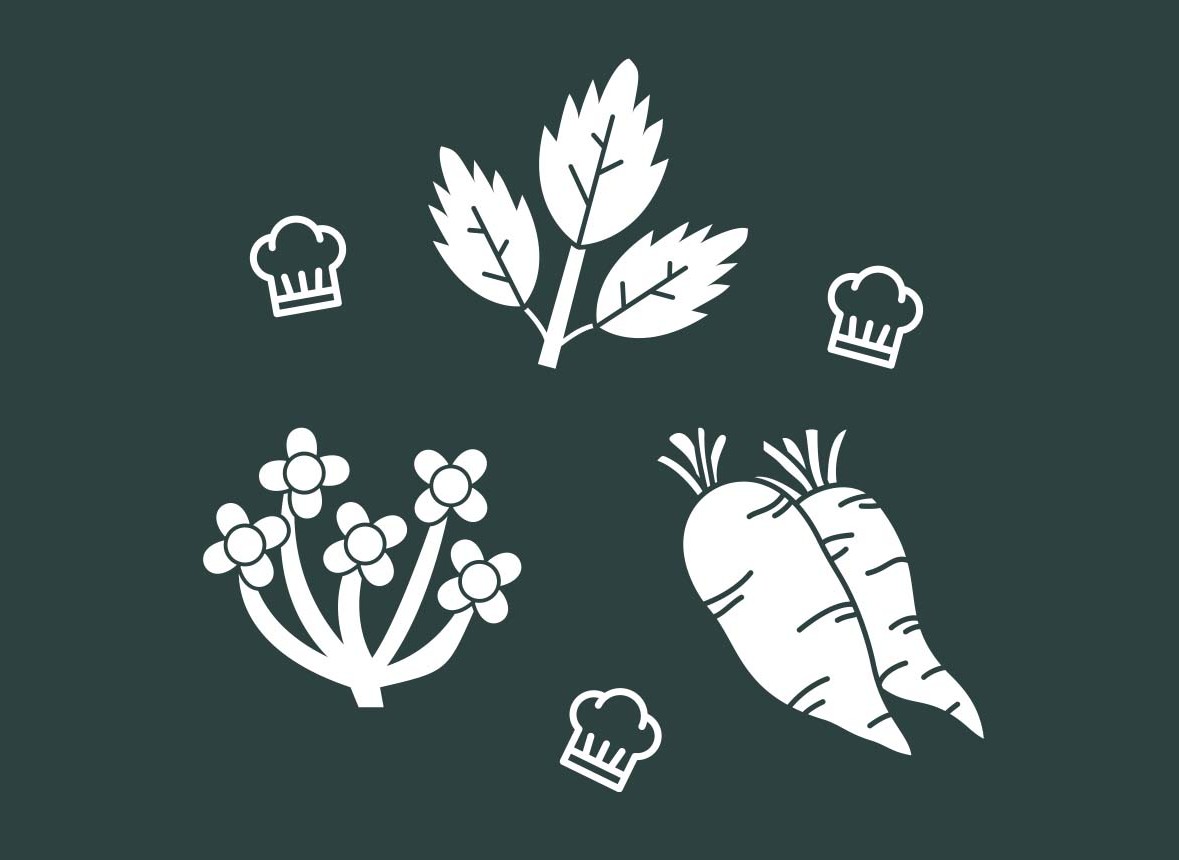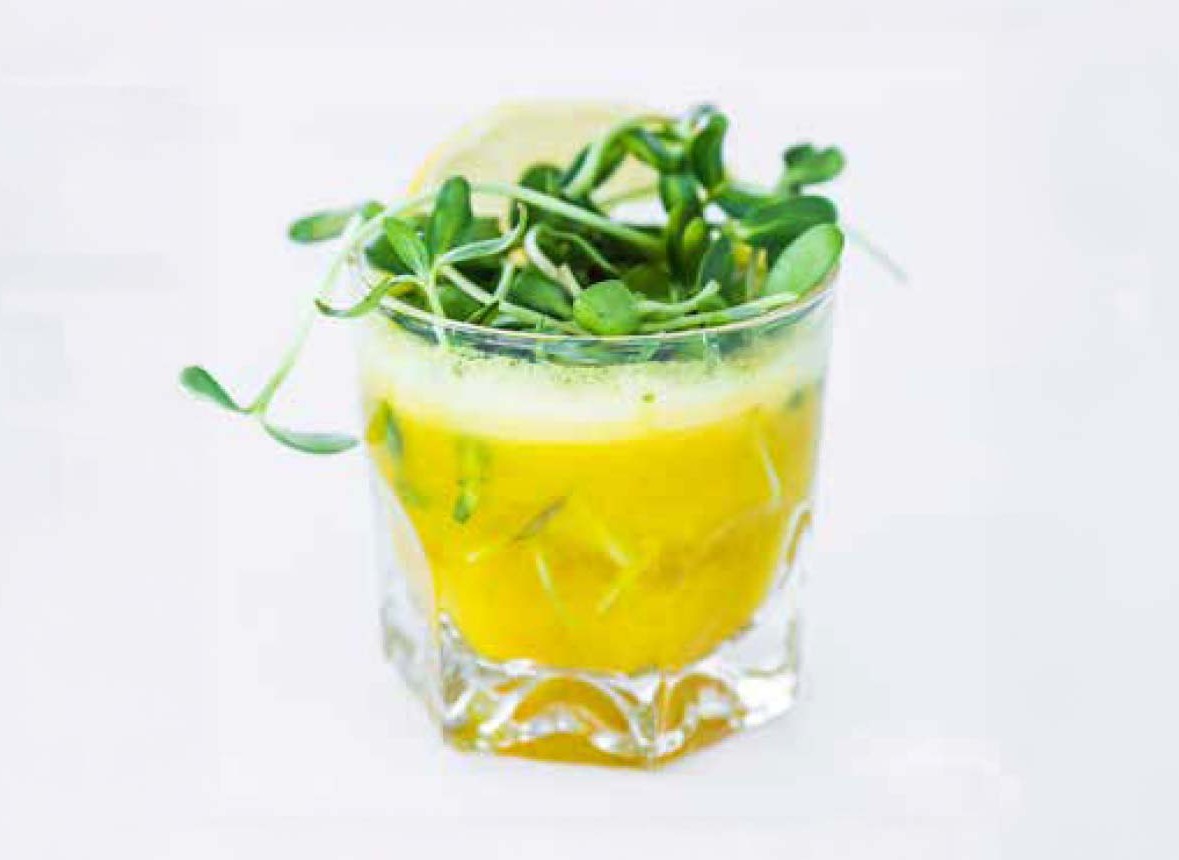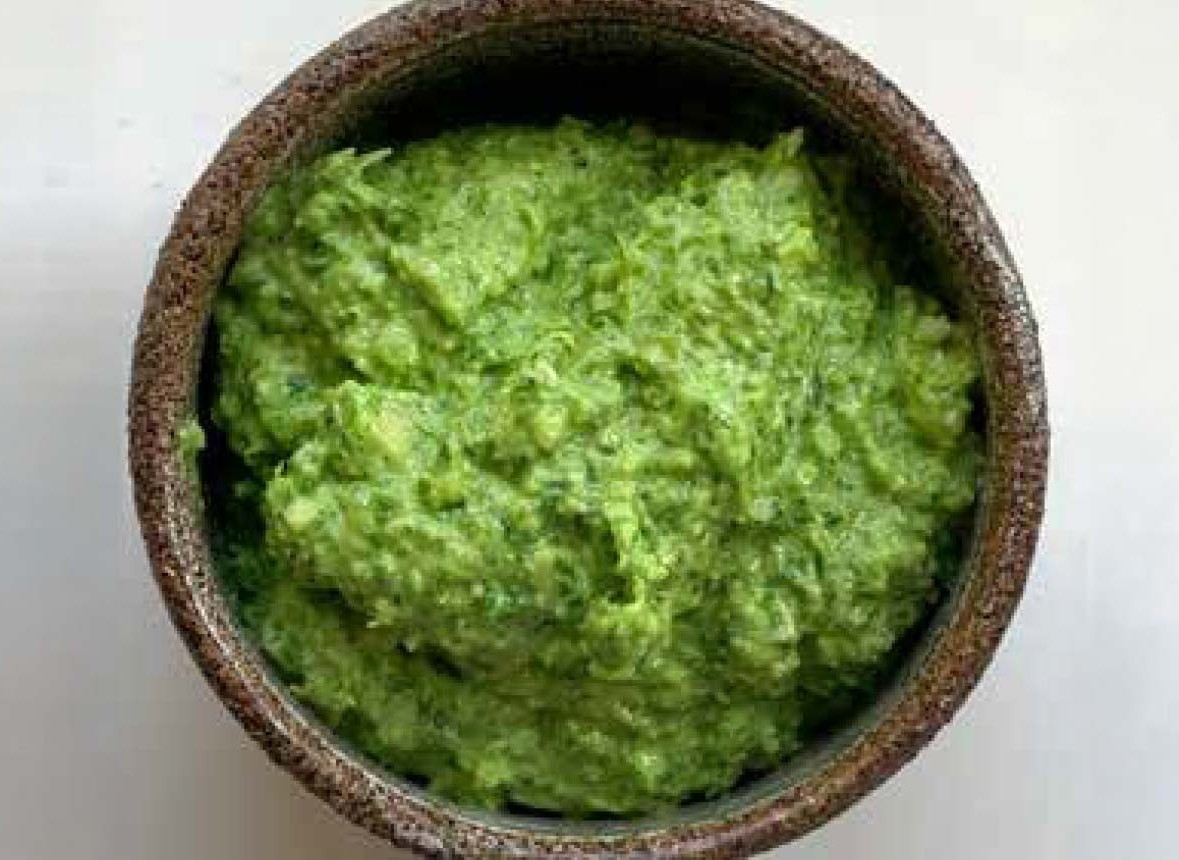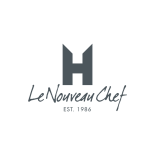Three top chefs inspire you to use mushrooms and oranges in surprising ways
Creative memories and ideas to celebrate the 2025 vegetable and fruit
As part of the We’re Smart World team I get to dine in all types of wonderful places, always on the lookout for chefs who are pioneers with pure plants. Some dishes stay stuck in my memory long after I left the table. And I have seen many creative use of a humble ingredient like the mushroom, promoted from a carrier of umami to the star of the show. For instance, the seared maitake at Silo (
) in London (UK) brought tears in my eyes one winter evening. Les Cols (
) in Olot (Spain) served a dessert made with wild mushrooms. Remarkable, a thin wafer made of carob with a delicious filling, delicate and light. And I can recount many many more.
To celebrate mushrooms ánd oranges – the vegetable and fruit for the year 2025 – we asked three of the best vegetable chefs to share their most creative ideas and memories. Bas van Kranen, Flore (
) in Amsterdam – Netherlands, Mélanie Englebin – Cecila (
) in Ottignies – Belgium and Xavier Pellicer – Healthy Kitchen (
) in Barcelona – Spain (Untouchable)
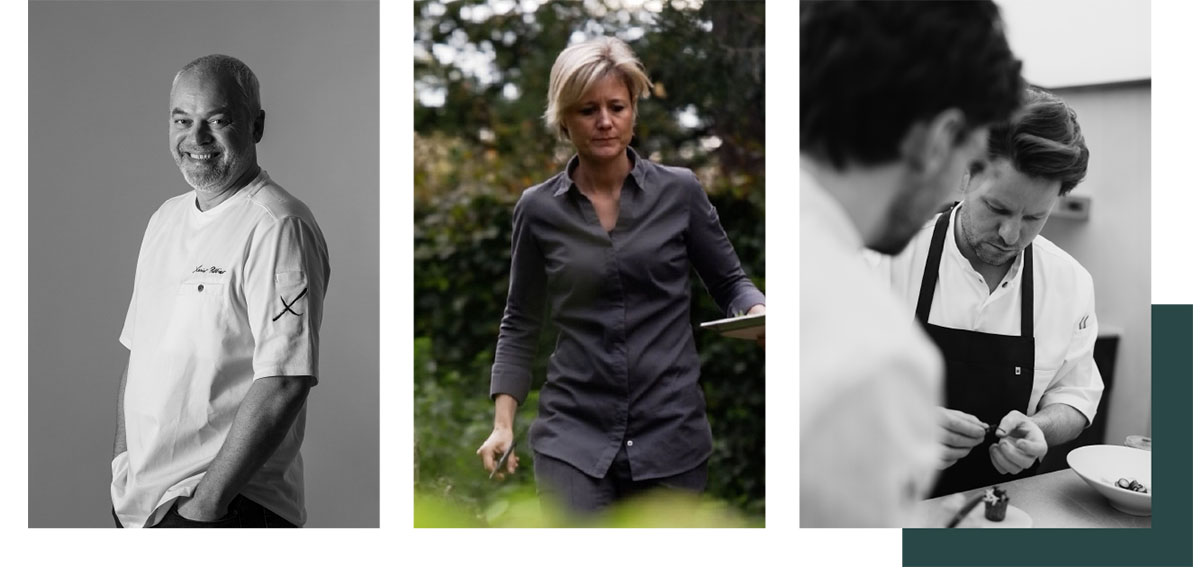
Xavier Pellicer, Mélanie Englebin, Bas van Kranen (@Chantal Arnts)
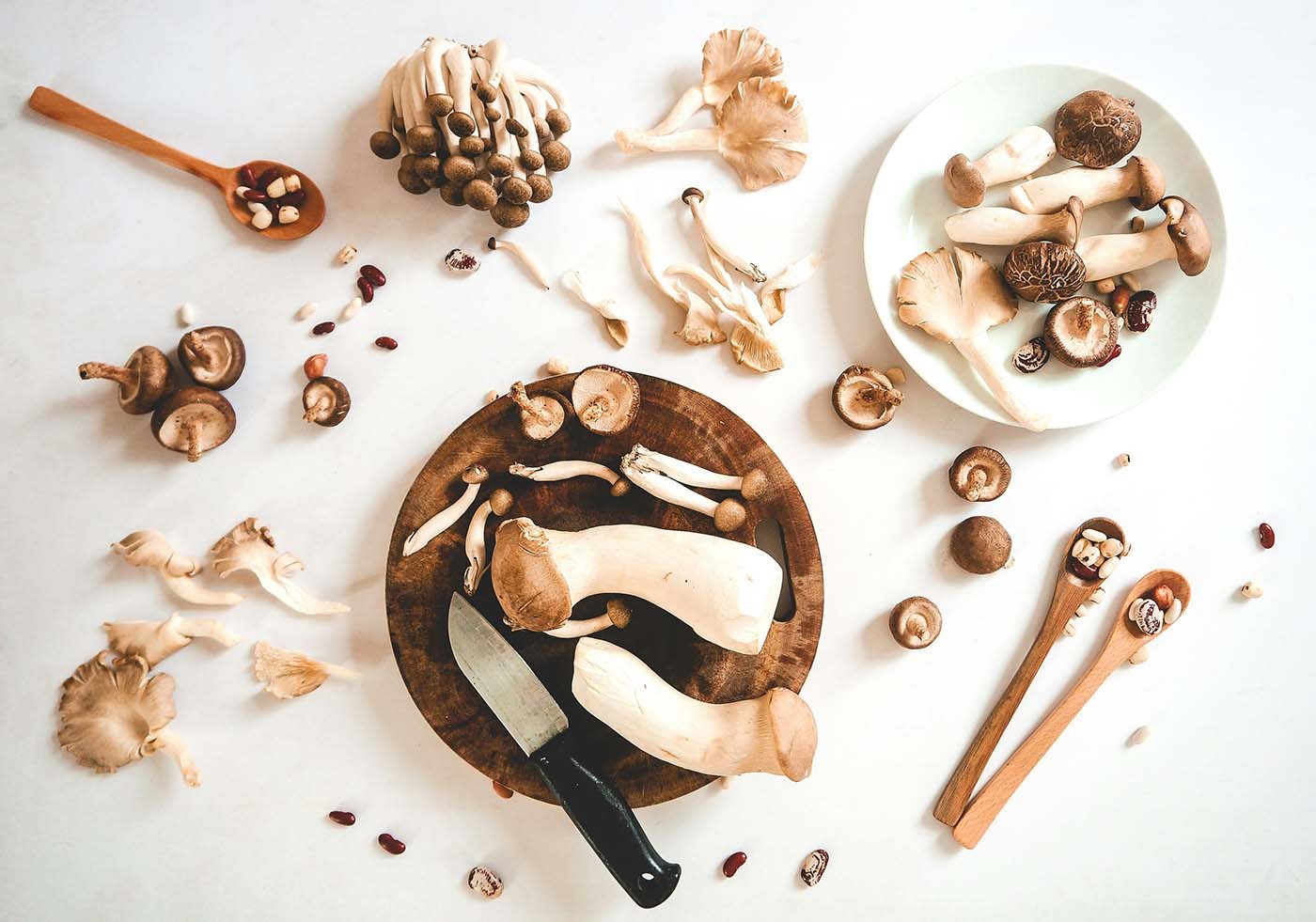
As edible fungi, mushrooms offer an exceptional blend of essential nutrients, health benefits, and versatility in the kitchen. Low in calories and rich in potassium, fibre, and vitamin D, the versatile mushrooms are an ideal choice for a balanced and healthy diet. Good for brain, heart and gut health.
There are over fifty types of edible mushrooms in Europe alone. Which is your favorite?
Mélanie Englebin: That is a hard question, I love all mushrooms because they each offer different ways to work cooking them. My favourite is shiitake, for its umami and soft yet firm texture. This means it can be used in many different ways.
Bas van Kranen: The Maitake. We have a grower nearby, so we get them incredibly fresh. It has this beautiful, almost pine-like aroma and an incredibly juicy texture. In Flore, we prepare mushrooms with a bit of heat (piquante). Simple crushed Sarawak pepper and fresh rose petals create a kind of magic, bringing out both the earthiness and floral notes of a mushroom.
Xavier Pellicer: I am most passionate about the Amanita caesarea; Ceasars mushroom. It is bright orange, very delicate and appears only a couple of times per year. It has an extraordinary flavour and texture, very fine, very smooth. We serve it as a rose-shaped ‘carpaccio’, very airy (see photo) to maintain all its aroma through the texture of the thinly sliced mushroom.
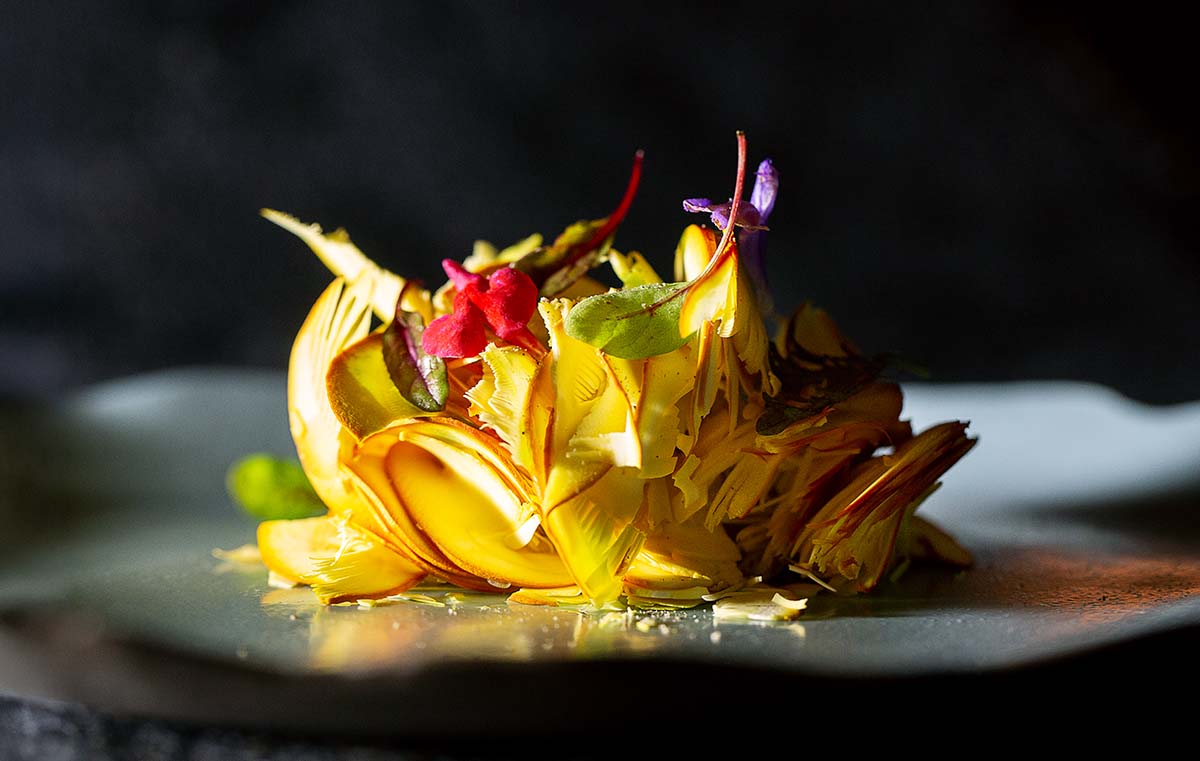
Dish with wild Ceasars Mushroom by Xavier Pellicer – Healthy Kitchen
What are unexpected ways in which you prepared mushrooms?
Mélanie Englebin: To much surprise of the customers, who were not expecting the taste, I make a mushroom jam. Finely chopped and stewed for a long time with brown sugar, sherry vinegar, thyme and bay leaf and a bit of salt. A great condiment on a savoury dish or on bread with scrambled eggs on top.
Bas van Kranen: I turned them into a kind of emulsifier. A buttery, spreadable texture served with bread. Another was a chanterelle pâté that had a richness and depth people usually associate with foie gras. It really astonished our guests, especially when they realized it was entirely plant-based.
Xavier Pellicer: I like to transfer the flavour, taste and freshness of mushrooms to a dish of absolute simplicity, yet technically difficult. Think a very finely chopped salad, cutting the mushrooms very, very finely with a mandolin. This preserves the spores with the aroma they contain inside. Dressed lightly with chive oil, garlic confit oil and olive oil. With some salt and pepper. And a little chopped chives for that flavour of the countryside, the forest and the undergrowth. When the customer takes the first bite, they are practically transported to a forest or countryside area with that mountain air that gives you the quality of a freshly picked mushroom. This is the ultimate magic.
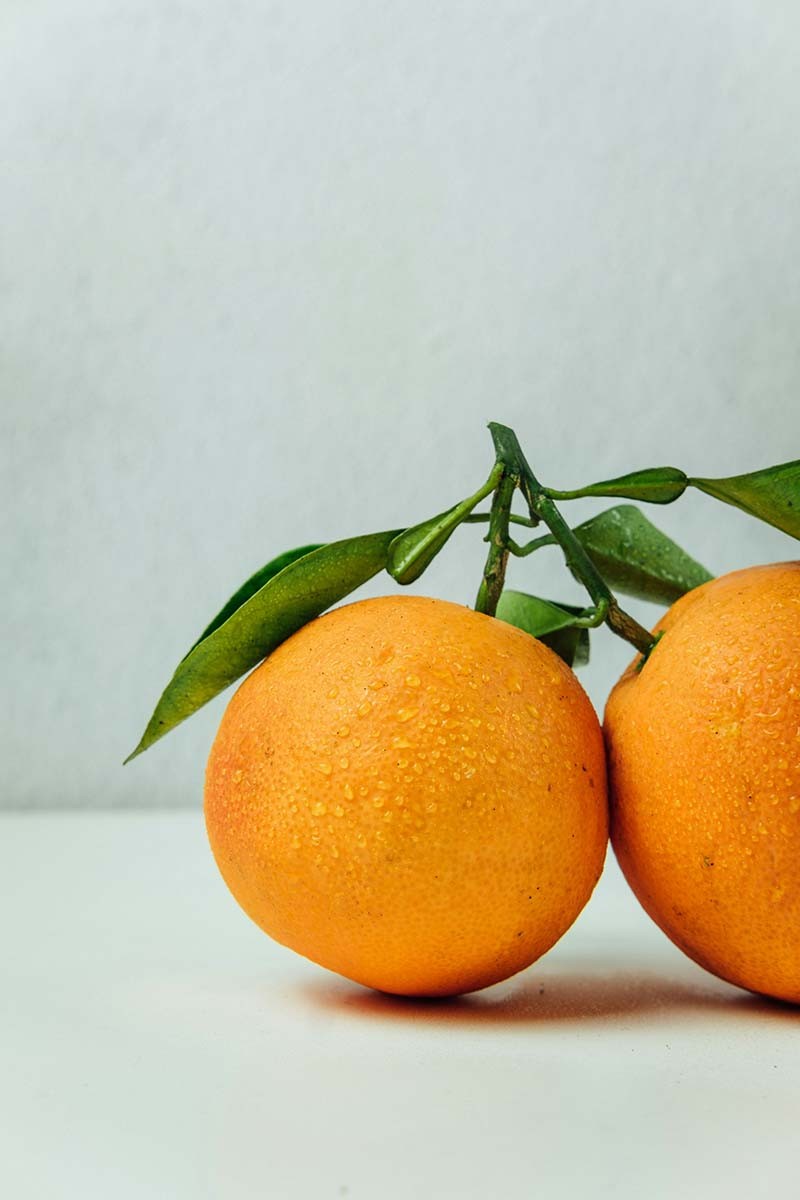
More than just a delicious treat, oranges are a powerhouse of essential nutrients and health benefits. Bursting with vitamin C, antioxidants, and fibre, oranges support overall wellbeing while delighting the senses with their vibrant flavour. Rich in natural sugars and minimal fat, oranges offer a refreshing energy boost, ideal for maintaining a healthy lifestyle. Whether eaten fresh, juiced, or used in zest to enrich dishes, oranges bring brightness and nutrition to every table.
What are your childhood memories of oranges?
Xavier Pellicer: I remember the orange juice my mother would squeeze from super juicy Navel oranges straight from our garden. High in vitamin C. I would feel like this drink would give us an energy boost to continue our day full of activity.
Mélanie Englebin: I mostly recall the fresh and delicate smell I used to get when I peeled them. It reminds me of meals at the table with my mum. An unforgettable olfactory and gustatory memory.
Bas van Kranen: I grew up in the Dutch countryside, in a modest home where both my parents worked full time while raising me and my younger brother. We always had enough to eat, but fresh exotic produce like oranges wasn’t something we bought often. My earliest memory is probably drinking boxed orange juice or Capri-Sun. More sugar than fruit, I’m afraid.
And now, which of your signature dishes elevates oranges to a new level?
Bas van Kranen: We actually don’t use oranges in our kitchen at Flore, simply because they don’t grow in the Netherlands (yet). We try to stay as local as possible, and that limits citrus. That said, we often use peppers like aji amarillo, which have that same bright fruitiness you’d expect from an orange but with a bit more tension and surprise.
Mélanie Englebin: What about celery root worked like a ceviche, marinated in a blood orange vinaigrette and accompanied by a butternut coulis? The idea came from the desire to offer a ceviche that was entirely plant-based but worked in exactly the same way as a fish.
Xavier Pellicer: We reduce orange juice by half until the fructose reaches its highest point. Then we add Kudzu diluted in water to active the starch. The thick concentrate is cooled and then we add olive oil. This emulsion gives us a lipide, a kind of marmalade. In Spain we use pil pil, an emulsion created with animal collagen (like fish). This orange ‘lipide’ is a great substitute, adding some freshness and tartness. We have a dish on the menu, which is a grilled carrot, which we accompany with this orange ‘pil pil’ that adds flavour, texture, creaminess, a touch of acidity and at the same time a touch of sweetness.
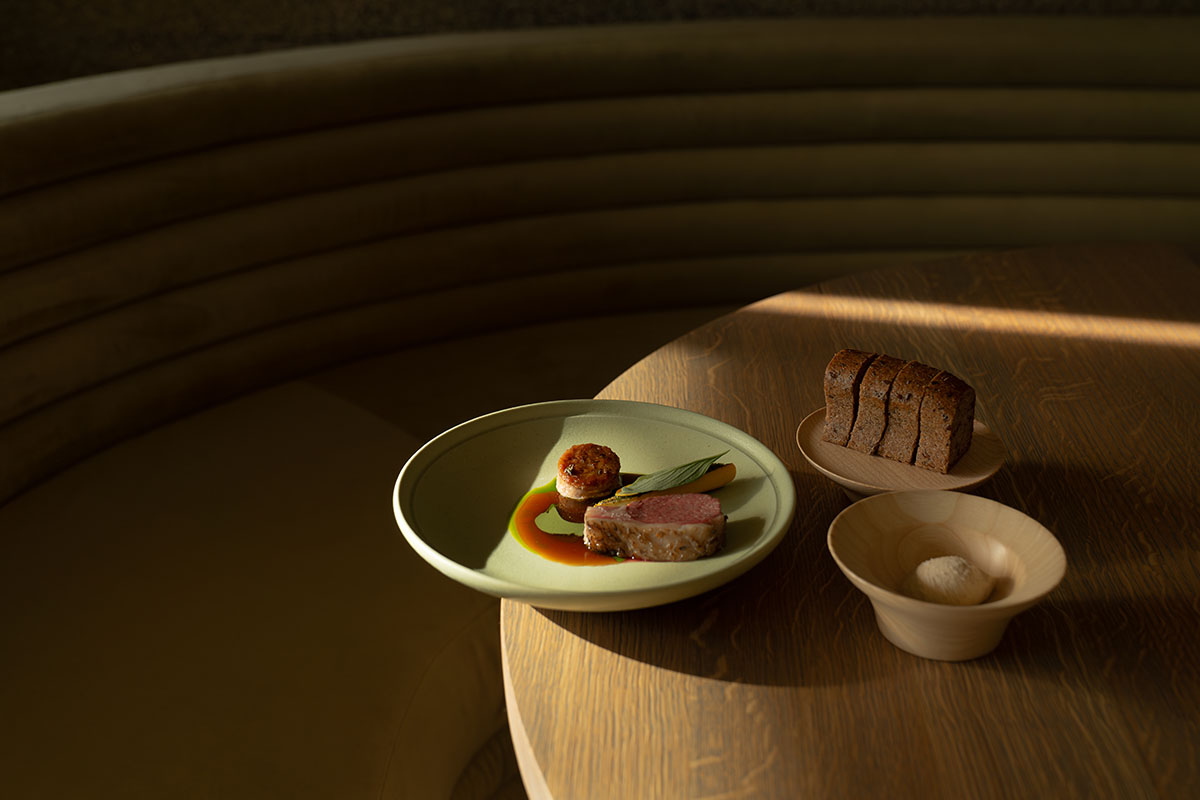
signature dish of Bas van Kranen – Flore (@Roos den Haan)
Can you recall a dish from another chef using either mushrooms or oranges which emotionally touched you?
Mélanie Englebin: I remember a dish by chef Emmanuel Renaut at the Flocon de Sel in Megève called: Croûte au fromages de montagne, champignons des bois et truffe, an incredible plant-based dish that combined the power of mushrooms and cheese with great delicacy and subtlety.
Xavier Pellicer: Chef Santi Santamaría, who passed away in 2011, was dedicated to mycology and the world of mushrooms. And I remember one season, I think it was in 1995, when we used twenty three varieties of edible wild mushrooms for a dish. With ten of them not usually found in the market. This was a small portion Catalunya and Montseny identity, the region, on the plate. For me, this is one of the most exciting things that has happened to me in terms of the simplicity of the dish's execution. The complexity of being able obtain through the mushroom hunters in the mountains, near the restaurant, this amount of different edible mushrooms was pure luxury.
Bas van Kranen: I honestly can’t recall a specific dish. Maybe that says something about how I experience food. I'm so focused on the now and the next thing that I often forget even the dishes we served in Flore just a season ago. We never repeat a dish. Once it's gone, it’s gone. That’s how we keep ourselves creative and in tune with the constant change of ingredients, flavors and textures.
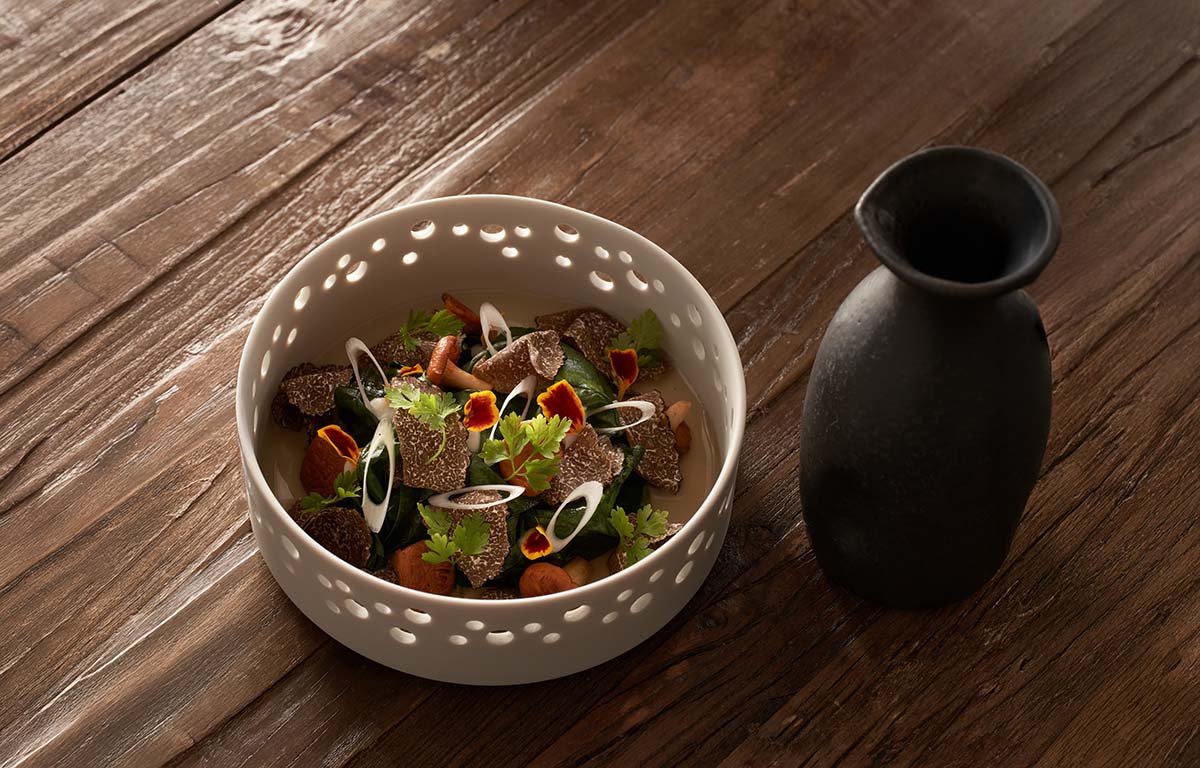
Dish with girolles, spinach, sherry oil, autumn truffle and bouillon corsé de champignons.
by Mélanie Englebin – Cecila
(photo published with permission of Cecila)
Text: Sheila Struyck
